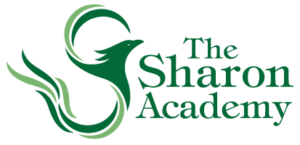Visual Arts
| In This Section |
Our art teachers are working artists who not only teach the language and discipline of art, but are actively involved in their art work. Three art electives are offered every quarter. Each student is required to take three art electives out of 16 total quarters in a student’s four years at TSA.
At TSA, we recognize and embrace the relationship between the arts, promoting creative thinking, and developing right brain abilities by integrating the arts across the curriculum. Art becomes a holistic endeavor, not a discipline relegated to a special class in a special room. For example, in humanities there is a focus on creating engaging visual imagery to support students’ presentations. Junior and Senior Exhibitions include a formal evaluation of students’ visual presentation.
All 9th graders are required to take a survey art course (Art 1: Intro to Art) to support the development of visual literacy and creative thinking early on in the student’s high school career. This introductory course also gives art teachers the opportunity to identify students with an interest or talent in art early to increase the opportunity students have to take advanced courses. This course is made available 1st and 4th marking periods during D-Block and during electives for 2nd and 3rd marking periods.
We offer an Advanced Studio Art course during D-Block in marking periods 2 and 3. The course is designed around the interests of the students taking the class. It is an excellent choice or students seeking to expand their portfolio or explore a specific medium in more depth.
Motivated students are encouraged to pursue independent studies, internships, apprenticeships, and teach electives to support their creative interests. Student art work is celebrated and displayed around the TSA campus and the surrounding area.
The TSA Art Program is committed to:
- creating a supportive atmosphere for exploration and risk-taking,
- developing visual literacy through practicing creative and critical thinking,
- fostering confident students who, when given the time and space to make mistakes and not worry about outcomes, can create tangible evidence of their thinking, imagination, and knowledge,
- exposing students to new experiences and materials in a respectful environment that helps students embrace new technologies and perspectives,
- developing an appreciation and awareness of the visual arts through the study of cultures and historical periods in which they are created.
Revised September 2017
